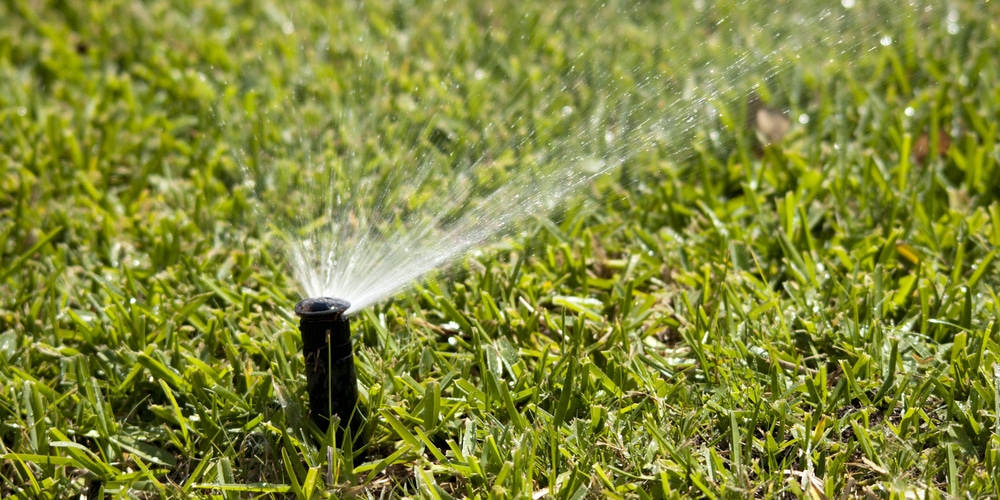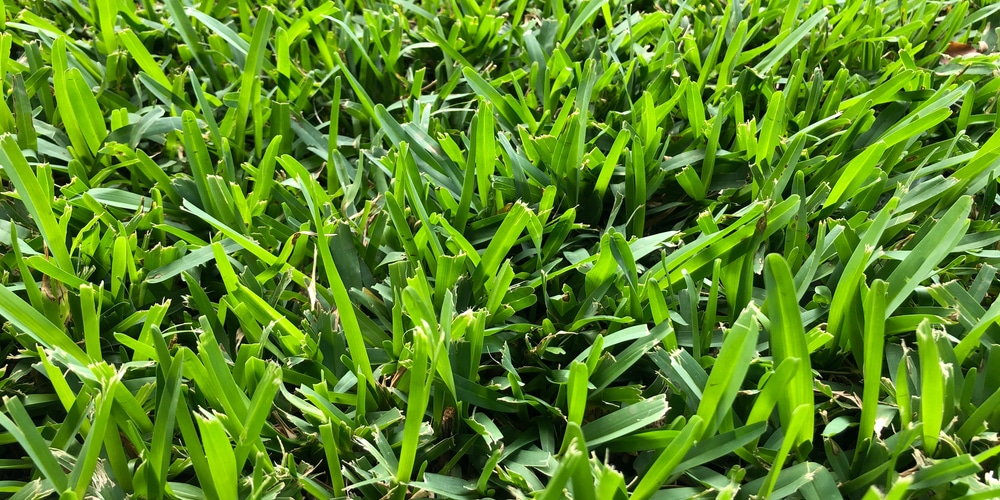A lot of lawn owners look to St. Augustine as their grass of choice when it comes to adding a tropical touch to their landscape. St. Augustine is also perfect for relatively colder regions and those that are in coastal regions. Among St. Augustine varieties lie two possible contenders, floratam vs palmetto.
Let’s compare and contrast floratam grass and palmetto grass to find out which is best for your lawn.
Color and Texture
Identifying palmetto and floratam grass is easy, mostly because the two species have different colors and textures. For one, palmetto has a more vibrant hue and is usually light green to emerald. Floratam, on the other hand, has a darker yet subdued green color that almost borders on gray-green.
Floratam versus palmetto is two sides of the same coin when it comes to texture as well. Palmetto has a finer and thinner blade texture, while Floratam boasts wide and long leaf blades and purple horizontal shoots that can grow up to three inches.
Sunlight Requirement
Floratam grass is native to the Caribbean and Africa, and thus prefers a warm climate rather than a cold one. If you choose floratam St. Augustine then you’ll have to plant them in an area that gets full sun, or else the grass won’t thrive.
Palmetto is more adaptable to a variety of environments, even areas that get partial shade. It’s also more tolerant of cold temperatures and soil types and typically grows well anywhere.
Growing requirements could be a deciding factor on which one you’d choose, because even if you want to plant Floratam you won’t get much success if your yard or lawn is located in a shaded spot.
Floratam vs Palmetto: Maintenance
As far as maintenance is concerned, Palmetto grass is tamer and isn’t as susceptible to common grass problems. It’s worth noting that palmetto is a semi-dwarf variety, while floratam is one of the tallest grass species in the St. Augustine group.
Floratam will need more mowing than the palmetto grass. However, you’ll likely have to water it less since it has a greater drought tolerance than palmetto. In fact, the only time you’ll need to irrigate a floratam is when the grass looks noticeably thirsty and is drooping a bit. For those living in hot and humid zones then floratam will be better than palmetto.
Since floratam grows taller than palmetto you won’t have to deal with weeds in your lawn or turf as often. It’s worth noting that palmetto grass is quite sensitive to herbicides and pests, but it more than makes up for that in toughness and robust growth.
Cold and Drought Resistance
In general, St. Augustine grass takes to the cold fairly well and can survive it with little help from you. The Palmetto variety is made to be even more resistant to environmental changes and stress, which means it thrives in both hot summers and colder climates. It’s a top contender if you want a no-fuss lawn that stays green throughout the growing season.
Floratam has the advantage in the pest and disease department as it’s tougher and can withstand chemical applications and insect infestations that would attack a St. Augustine grass. It’s the main reason why floratam is often used in recreational parks and commercial areas. The thick blades give it a more robust appearance.
Floratam grass has a sturdy characteristic, and its color goes back fairly quickly even after it’s subject to drought and extreme temperature changes.
Floratam vs Palmetto: Wear and Traffic Tolerance
Wear tolerance is an important factor when it comes to picking the grass for your lawn. If you have several kids or pets, or often go on backyard barbecues then it’s paramount that you choose a tough St. Augustine grass variety.
Palmetto grass may have a lower wear and traffic tolerance, but it does recover quickly. On the other hand, floratam grass has wider leaves and a tighter growth system, which means it can withstand heavy traffic much better compared to palmetto.
Also, due to its tapered end, the palmetto has that ‘soft feel’ when you walk on it barefoot. Floratam, with its thicker and broader leaves, does not offer a pleasant experience but it does tend to appear thicker and more lush compared to the palmetto grass variety.

